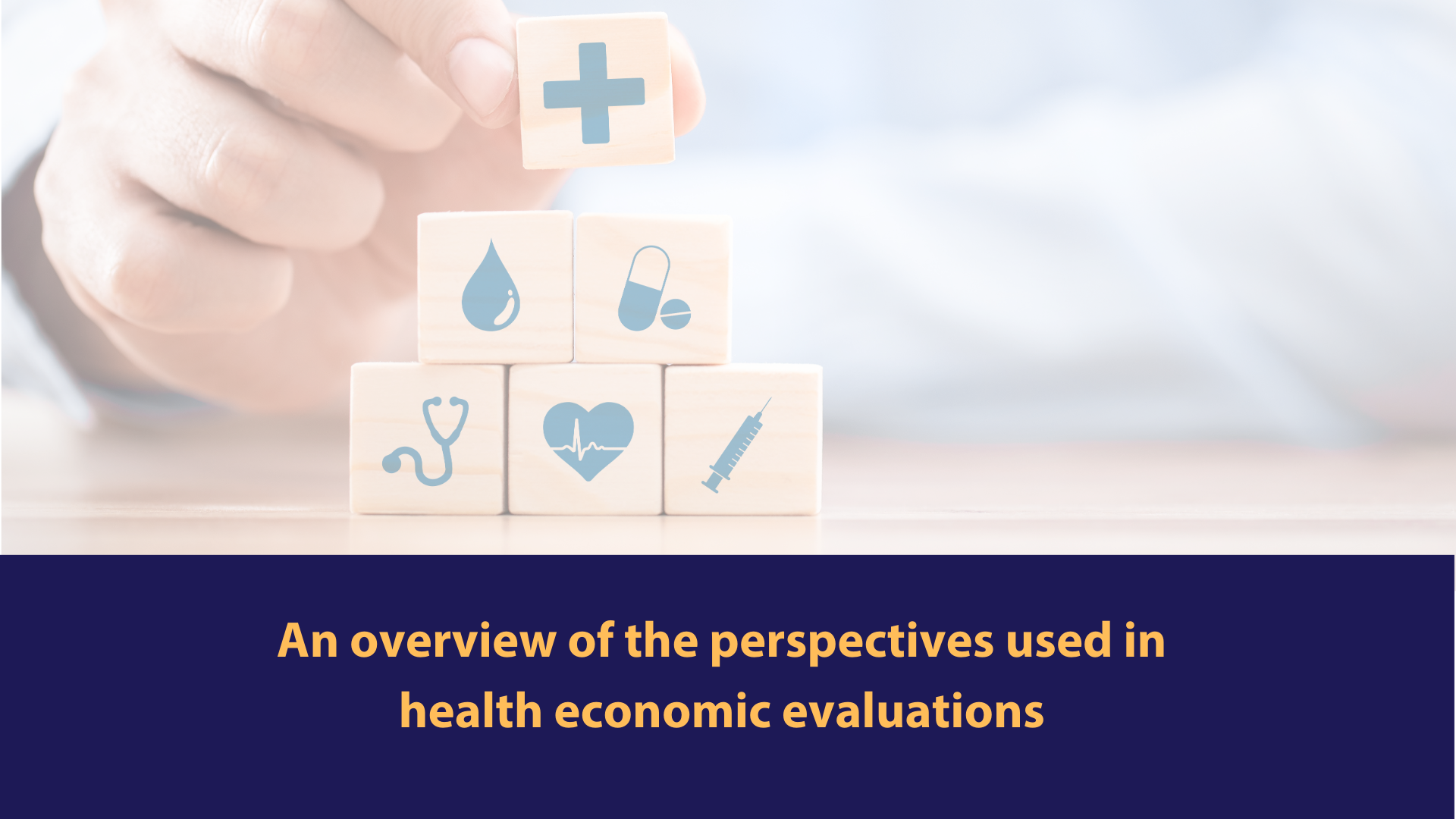Recognising Normative Global Differences in Health Concept Structures: Developing a New Preference-Based Measures of Health in Asia
Preference-based
measures (PBMs) are used to determine the health state utility weights assigned
to the life-year outcome of a particular health state. Quality-adjusted Life
Years (QALYs) are the most common measure of health outcomes used in health
economic evaluations and bring together the morbidity and mortality dimensions
of health outcomes are bought together.
Many generic
preference-based measures exist and are widely accepted within health
technology assessments and economic evaluations. However, these have been
developed in Western countries which may limit their generalisability to the
Asian context where the structure of health concepts is different.
To address this
gap, a team led by the Center for Outcomes Research and Economic Evaluation for
Health, National Institute of Public Health, Japan in collaboration with representatives
of HTAsiaLink, has constructed a new region-specific PBM for East and Southeast
Asian countries. Using local interviews in nine East and Southeast Asian
countries to elicit concepts, published literature, and existing instruments,
they constructed the Asia PBM 7 dimensions (AP-7D) to reflect the general
public health context. The seven dimensions used in this measure are: pain,
mental health, energy, mobility, work or school, interpersonal interactions,
and burden to others. Compared to existing PBMs, these dimensions capture the
structure of health concepts in Asia and provide a more relevant measurement of
health-related quality-of-life in such settings. This measure can therefore be
used to inform economic evaluations conducted in the region more suitably.
If you are interested in using this
instrument in your context and would like to learn more about this study,
please reach out to C2H at C2H|Center
for Outcomes Research and Economic Evaluation for Health (niph.go.jp).


